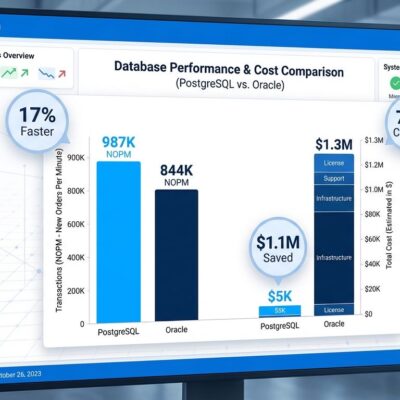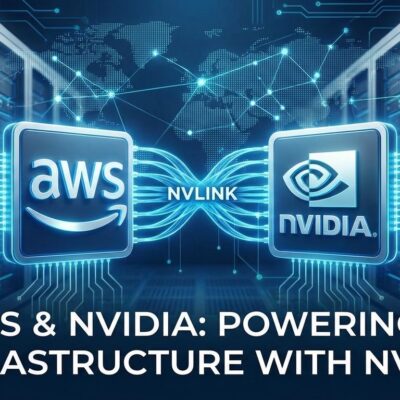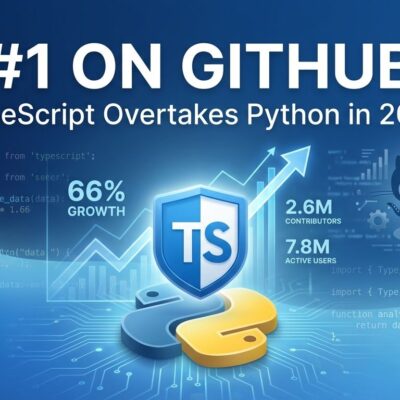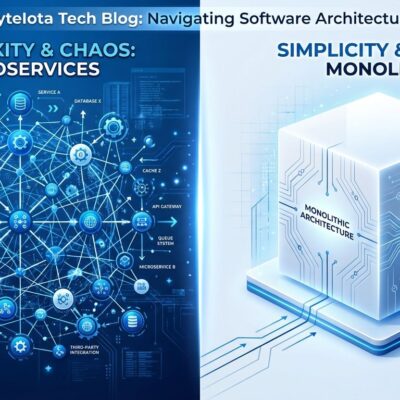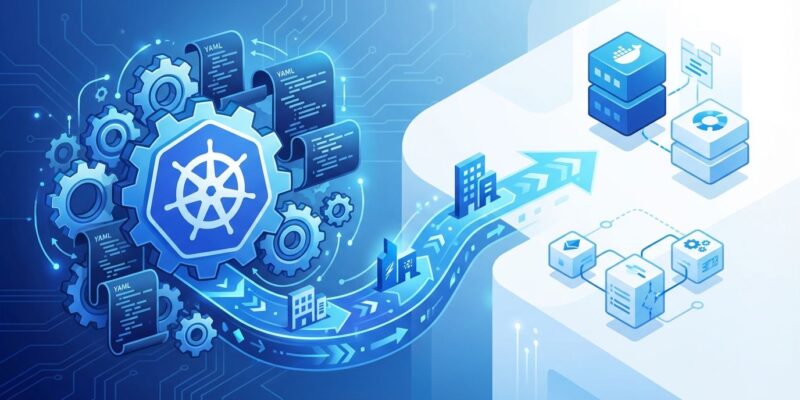
Companies are ditching Kubernetes in 2025, calling their experience “a journey of experiments, failures, and dead-ends.” Gitpod just migrated away after six years. Hyperswitch cut costs 28% by moving to EC2. The message is clear: Kubernetes is over-engineering for 90% of companies, and the industry is finally admitting it.
The Great Exodus is Real
Gitpod, a cloud development platform serving 1.5 million users, recently abandoned Kubernetes after six years of production use. Their conclusion? Development environments are “stateful and interactive”—Kubernetes is designed for stateless production workloads. They built Flex, a home-grown platform, to escape K8s complexity.
Hyperswitch followed a similar path. Running Kafka on Kubernetes caused 15-second message processing delays during auto-scaling. Migrating to EC2 cut costs from $180 to $130 per month per instance—a 28% reduction. Moreover, they gained easy vertical scaling and more control over performance.
The data backs this trend. According to the 2024 Spectro Report, 77% of Kubernetes practitioners report ongoing cluster issues, up from 66% in 2022. The problem isn’t getting better—it’s getting worse.
Complexity is the Core Problem
Kubernetes brings massive operational overhead that teams underestimate. “YAML hell” tops the list of complaints: whitespace-sensitive configurations where a single misplaced space causes deployment failures. The infamous “Norway problem” (where country codes get interpreted as booleans) epitomizes YAML’s fragility. PR diffs become 90% indentation changes.
Tool sprawl adds to the burden. The CNCF Cloud Native Landscape now hosts 209 projects across 889 repositories—enough to cause analysis paralysis. Furthermore, teams spend more time managing infrastructure than building products. Meanwhile, 30% of developers report being pushed into operations work they lack expertise for, driving burnout.
As one developer put it: “Kubernetes runs on your time, your brain cells, and your team’s sanity. Unless your app is a sprawling, multi-region, microservice behemoth, it’s probably overkill.”
When Kubernetes Actually Makes Sense
Kubernetes justifies its complexity for large-scale, multi-region microservices with unpredictable traffic—think Netflix, Uber, Spotify. However, these companies run hundreds of services across global deployments with dedicated platform engineering teams.
Most companies don’t fit this profile. Small teams (under five engineers), predictable traffic patterns, stateful workloads (databases, message queues), or startups in MVP phase should skip Kubernetes. The decision criteria are straightforward: Do you manage 50+ microservices? Deploy across multiple regions? Employ 3+ dedicated DevOps engineers? Budget for $150K+ Kubernetes specialists?
If you answered no to any of these, you probably don’t need Kubernetes. As one article frames it: “Using Kubernetes for a few containers is like bringing a battleship to a water balloon fight—it’s overkill.”
Kubernetes Alternatives That Actually Work
Simpler alternatives work for most use cases. Docker Compose handles single-host deployments and development environments with zero cluster overhead. HashiCorp Nomad offers lightweight orchestration through a single binary, supporting containers, VMs, and Java applications with the Unix philosophy of composing with Consul and Vault.
Serverless platforms eliminate cluster management entirely. AWS App Runner costs less than EC2 until traffic hits roughly 66 requests per second. Fly.io simplifies edge computing with competitive pricing at small scale ($5.70/month for 1GB RAM). In contrast, Google Cloud Run and Azure Container Apps provide similar serverless container experiences.
For teams with predictable traffic, plain VPS hosting from DigitalOcean ($4/month) or Hetzner delivers full control without orchestration complexity. Each alternative trades Kubernetes features for simplicity—and for most companies, that’s the right trade.
The Bottom Line
The 2025 shift toward simplicity validates what frustrated developers have felt for years: Kubernetes complexity outweighs its benefits for most use cases. Consequently, companies with dedicated DevOps teams and production K8s experience are walking away. That’s a strong signal.
Key takeaways:
- Question the default: “Do I really need Kubernetes?” If you’re asking, probably not
- Complexity is a cost: Developer time, sanity, and burnout are real expenses
- Start simple: Move from Docker Compose to Nomad to Kubernetes only when necessary—if ever
- Keep stateful workloads off Kubernetes: Databases and message queues don’t fit the K8s model
- The 90% rule stands: Most companies don’t have Netflix-scale problems requiring Kubernetes solutions



